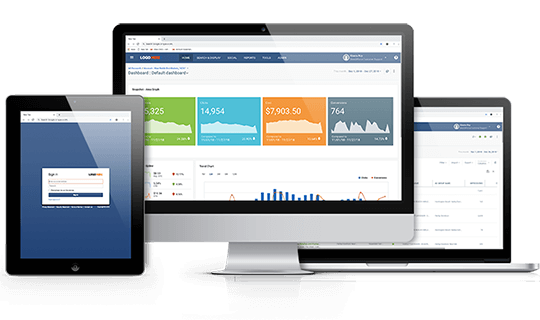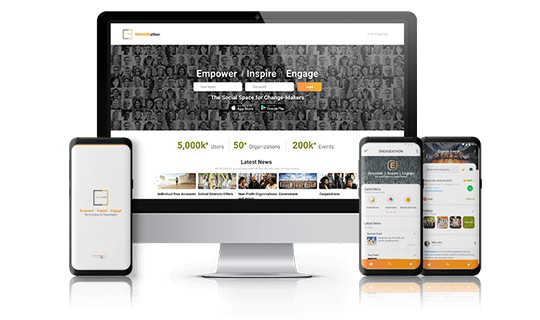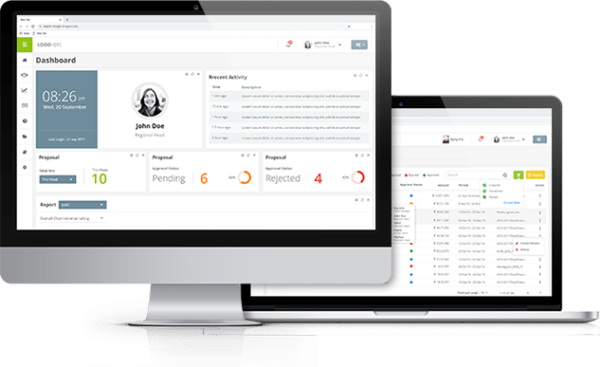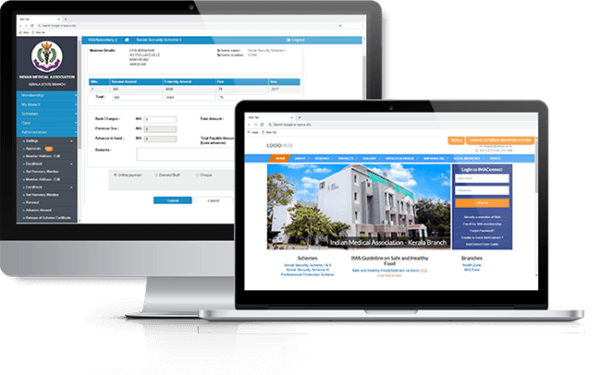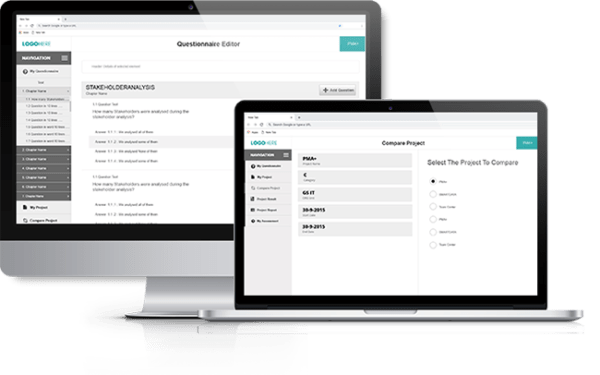In the dynamic landscape of software development, traditional testing approaches may sometimes fall short in addressing the ever-evolving requirements and functionalities of modern applications. This is where exploratory testing emerges as a flexible and adaptive approach to quality assurance. In this blog post, we’ll delve into the intricacies of exploratory testing, understanding its principles, benefits, and how it complements traditional testing methodologies.
Understanding Exploratory Testing
Exploratory testing is a dynamic and intuitive testing approach where testers simultaneously design, execute, and evaluate test cases based on their domain knowledge and real-time interactions with the software. Unlike traditional scripted testing, which follows predefined test cases, exploratory testing allows testers to explore the application, adapt their testing strategies on the fly, and make decisions in real-time.
Key Principles of Exploratory Testing
Simultaneous Learning and Testing: Exploratory testing encourages testers to learn about the application on-the-fly. Testers uncover defects, unexpected behaviors, and usability issues while actively exploring the software. Simultaneous learning and testing is a key principle of exploratory testing that emphasizes the active acquisition of knowledge about the application under test while the testing process is ongoing. Unlike traditional testing approaches where test cases are predefined and executed based on a script, exploratory testing encourages testers to learn and adapt in real-time.
Flexibility and Adaptability: Testers have the freedom to adjust their testing strategy based on the insights gained during the testing process. This flexibility makes exploratory testing particularly effective in agile development environments. Flexibility and adaptability are fundamental principles of exploratory testing, distinguishing it from more rigid and scripted testing methodologies. These principles empower testers to respond dynamically to changing conditions, ensuring a testing process that is resilient and effective in the face of evolving requirements.
Session-Based Testing: Exploratory testing is often organized into sessions, where testers focus on specific aspects of the application during a predefined time frame. This structured approach ensures thorough coverage and accountability. Session-Based Testing is a structured approach to exploratory testing that brings organization and accountability to the exploratory testing process. It involves dividing the exploratory testing efforts into distinct time-boxed sessions, each with specific goals and objectives. This methodology allows testers to maintain focus, track progress, and provide meaningful feedback.
Benefits of Exploratory Testing
Rapid Bug Detection: The dynamic nature of exploratory testing allows testers to quickly identify and report defects. This agility is especially valuable in projects with frequent changes and updates. One of the key advantages of exploratory testing is its ability to facilitate rapid bug detection. This aspect is particularly crucial in dynamic development environments where frequent changes, updates, and new feature implementations are the norm.
Realistic User Scenarios: Testers simulate real user interactions, uncovering issues that might not be apparent through scripted tests. This helps in improving the overall user experience. Realistic user scenarios play a crucial role in exploratory testing by allowing testers to simulate authentic user interactions and workflows. By exploring the software in a manner that closely mirrors how end-users would use it, testers can uncover potential issues, identify usability problems, and ensure that the application meets user expectations.
Adaptation to Changes: Exploratory testing is well-suited for projects where requirements evolve rapidly. Testers can promptly adjust their testing strategies to accommodate changes, ensuring continuous quality assurance. One of the key strengths of exploratory testing is its inherent ability to adapt to changes effectively. In dynamic software development environments where requirements, features, and priorities are subject to frequent changes, exploratory testing provides a flexible and responsive approach to quality assurance.
Efficient Use of Tester Expertise: Testers bring their domain knowledge and intuition into the testing process. This human element contributes to a more comprehensive evaluation of the software. Exploratory testing is particularly effective in leveraging and making efficient use of tester expertise. Unlike scripted testing, where testers follow predetermined steps, exploratory testing allows testers to apply their domain knowledge, experience, and intuition dynamically during the testing process.
Implementing Exploratory Testing in Your QA Process
Training and Skill Development: Equip your testing team with the necessary skills to effectively perform exploratory testing. This includes enhancing their domain knowledge, critical thinking, and problem-solving abilities. Provide training on the principles of exploratory testing, emphasizing its goals, benefits, and how it complements other testing methodologies. Develop an understanding of when and how to apply exploratory testing in various stages of the software development life cycle (SDLC). Train testers to adapt their testing strategies in real-time based on changing project requirements and priorities. Foster an environment that encourages a flexible and adaptable mindset among testers.
Collaboration with Development Teams: Effective collaboration between testing and development teams is crucial for the success of exploratory testing. Unlike traditional testing methodologies, exploratory testing requires close communication and cooperation between these two teams to ensure a seamless and efficient testing process. Organize joint planning sessions where testers and developers can discuss upcoming features, changes, and testing priorities. This ensures that testing efforts align with development goals and that both teams have a shared understanding of project requirements. Facilitate discussions to establish a shared understanding of project requirements, user stories, and acceptance criteria. Both teams can work from a common foundation, reducing the chances of misunderstandings and ensuring that testing efforts align with development objectives.
Documentation and Reporting: Documentation and reporting are integral aspects of exploratory testing that help capture and communicate valuable insights, findings, and progress. While exploratory testing is often characterized by its flexible and unscripted nature, effective documentation ensures that the testing process remains organized, transparent, and contributes to the overall success of the software development lifecycle. While exploratory testing is less about documentation compared to scripted testing, it’s crucial to capture significant findings. This helps in sharing insights with the development team and maintaining a record for future reference.
Exploratory testing is a powerful and flexible approach to quality assurance that complements traditional testing methodologies. By embracing the principles of simultaneous learning, flexibility, and adaptability, testing teams can efficiently navigate the complexities of modern software development. Integrating exploratory testing into your QA process can lead to faster bug detection, improved user experiences, and a more resilient software product in the face of constant change. Connect with https://www.zinemind.com/ to learn more about Exploratory Testing: A Flexible Approach to Quality Assurance.









